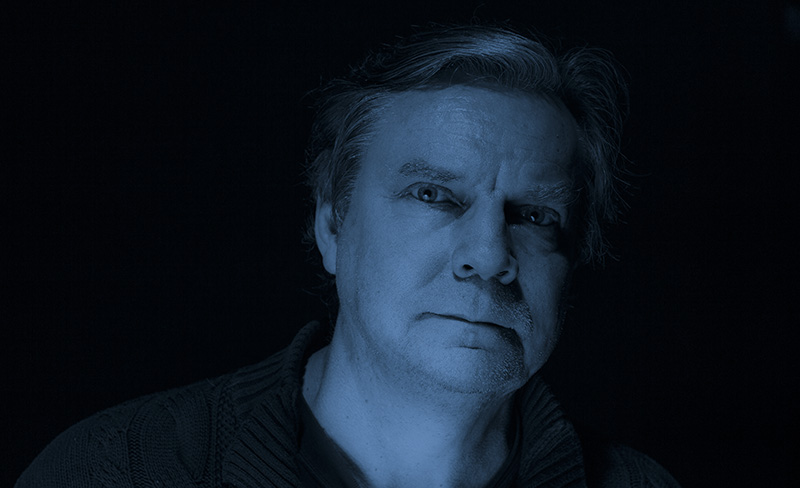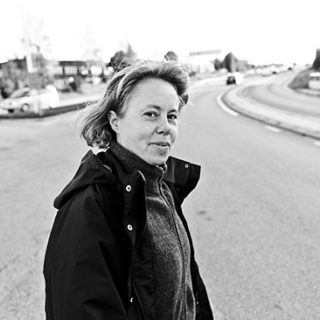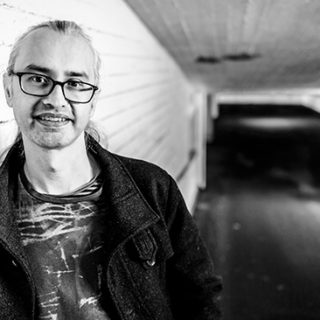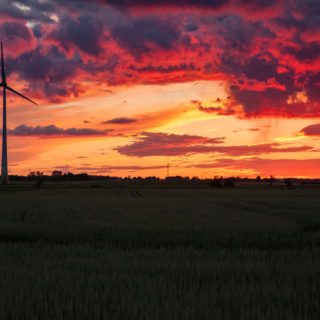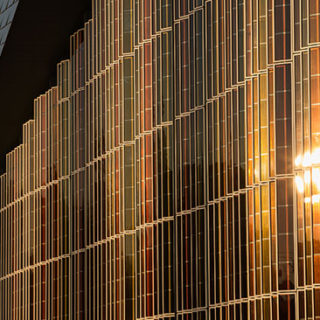Smarter lighting improves life
Do we have enough light when we are working, and is it dark enough when we want to sleep? The light around us when we are indoors is important for our well-being. Researchers in Lund, together with American colleagues, want to put an app in your smartphone to regulate the amount of light as necessary.
At this time of year, it is dark when we go to work and dark when we come home, and the lack of light affects us negatively. In the future, however, we might be able to adapt the lighting in our homes and at work to follow our circadian rhythm, enabling us to feel more energetic.
THIS IS THE HOPE of Thorbjörn Laike, professor of environmental psychology, who is working together with other researchers in Sweden and the US on developing an app to adapt the amount of light to your needs, which you could control from your smartphone.
“What is best for us is to be outside as much as possible, above all in the morning. But reality is very different”, observes Thorbjörn Laike. “Many of us work in windowless premises in hospitals and shopping centres. And many office spaces are tucked deep inside buildings where daylight never reaches all the way in.”
IN THE WESTERN WORLD, we spend around 90 % of our waking hours indoors and become dependent on artificial light to illuminate our lives. Globally, however, there are major cultural differences in how we use artificial light sources. In certain countries, people light up venues with strong fluorescent ceiling lights, even for dinners and parties. In Sweden, one of the darkest countries, we prioritise a sense of cosiness with muted indirect lighting in the home.
But LED lighting can help us to manage the different times of day. Torbjörn Laike and his colleagues are researching how an IT system can measure and analyse the dose of light you need around you to sleep well at night, wake up rested and feel energetic during the day.
“But LED lighting can help us to manage the different times of day.”
“We got volunteers to wear movement detectors and sensors which gathered information on how much light people were exposed to over a couple of weeks. Alongside that, we are working on how light needs to be to create favourable conditions for wakefulness during certain hours and sleep at others. These algorithms are also included in the app and make the necessary adjustments when the light indoors needs to be softened and when it needs to be stronger, and whether the light needs to be bluer in the morning and warmer in the evening.”
THE WAY THE SYSTEM WORKS from a technical point of view and the algorithms required are based on light research going back to the 1980s, when Lund University was pioneering environmental psychology with Rikard Küller’s research. Previously, the effects of light on humans had been studied from a biological perspective around the world. Now researchers were looking for the first time at how our experiences and feelings were affected by light and colour.
“Today, there is a lot of research into how we are affected by light and, with old and new knowledge, we have tried to develop the app together, and tested it in Swedish homes”, says Thorbjörn Laike.
There is one further aspect, however, which is the psychological one. Are we prepared to change our homes and to allow an app to control the lighting in it? Thorbjörn Laike emphasises that all the technology capable of constructing new types of fittings and controlling sensors and diodes is already available commercially.
“Everybody has a smartphone, but is the system robust and resistant enough to handle our app? A crucial point is the reliability of battery life. There we need to put in more work.”
THE RESEARCHERS HAVE ALSO made an old people’s home safer for dementia sufferers. Older eyes are more sensitive to light and cannot adapt as easily as younger eyes to the amount of available light.
“We have worked on planning light for very elderly people, with an average age over 90 years, with good results. Many elderly people don’t get outside enough, so can we help them with extra artificial light and increase their quality of life? And can we reduce the number of accidental falls? The elderly people involved liked the new lighting very much and neither they nor the nursing staff want us to remove the experimental fittings.”
But it is not only well-being that would benefit from planned light exposure. Electricity is saved as the lights go out when you leave the room. This type of energy efficiency is extremely topical for the Swedish Energy Agency, which has invested in the development of the app.
“We need to start building in a smart way and using the technology which already exists. I believe that, in the future, lighting will be part of home construction planning from the beginning, as obvious as heating and ventilation”, says Torbjörn Laike who is waiting for a new grant to start cooperating with property owners and tenants.
THE RIGHT LIGHTNING at the right time could in future become an integrated part of the home, where we would use daylight as much as possible and only use artificial light when necessary.
“However, another important factor is to have good outdoor lighting and a good outdoor environment which makes us choose to be outside to a greater extent. Even on a grey, cloudy day, daylight provides a strength of 4–5000 lux. Artificial light reaches at most 700 lux. This makes a difference to how we feel.”
Text: Bodil Malmström
Photo: Kennet Ruona
Facts
-
Lighting Metropolis
-
An overarching interregional project between Denmark and Sweden focusing on the possibilities and significance of light for human beings.
-
Future by Lund
-
A platform enabling communities, business and academia to create innovative solutions for the sustainable cities of the future.
In Swedish http://futurebylund.se/
-
Research at Lund University on Smart cities


